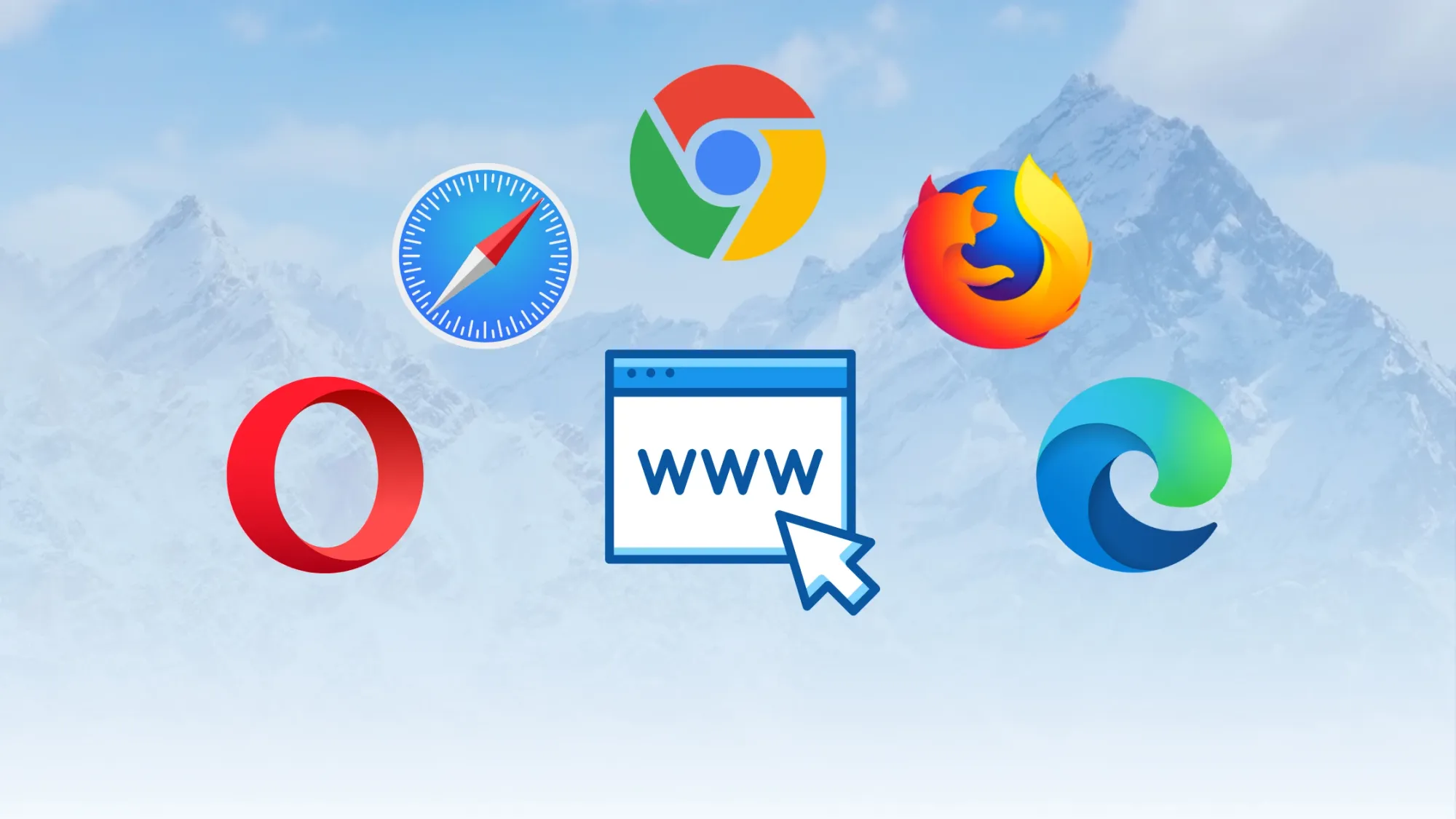In web development, delivering a seamless user experience across different browsers and devices can be challenging. With constant advancements in technology, ensuring that all users, regardless of their browser's age or capabilities, can interact with your site smoothly is essential. This is where polyfills come in — think of them as the unsung heroes of web development. They help ensure everyone can enjoy your site, even if their browsers are outdated. Imagine you've just baked a delicious cake, but not everyone has the latest fancy fork to eat it. Polyfills are like those extra forks you hand out so everyone can dig in, regardless of the tools at hand.
What Are Polyfills?
Polyfills are JavaScript snippets that mimic the functionality of newer web features in older browsers. For instance, the Promise feature simplifies handling asynchronous tasks like fetching data from APIs, yet older browsers, such as Internet Explorer, lack support. A polyfill acts as a translator, enabling outdated browsers to utilize new features, and ensuring your code runs smoothly for all users.
Key Takeaways
- Polyfills as Patches: They enable older browsers to leverage new web features, bridging modern and legacy environments.
- Accessibility Across Versions: Polyfills ensure modern functionalities are accessible across all browser versions, promoting inclusivity.
- Support for JavaScript and CSS: They enhance compatibility for both JavaScript and CSS features.
Why Do We Need Polyfills?
1. Broadening Browser Compatibility: Many users operate on outdated browsers. Polyfills keeps your website functional and consistent across different platforms.
Example: Using the fetch API to make HTTP requests is common. If your app needs to support browsers that don't support fetch, a polyfill can fill that gap:
import 'whatwg-fetch'; // Polyfill for fetch API2. Adopting New Technologies Without Delay: Polyfills allow developers to implement cutting-edge features without waiting for all browsers to catch up. This means you can start using new JavaScript features or CSS properties immediately while maintaining a consistent experience for users on older browsers.
Example: Using ES6 features like `Array.prototype.includes` can be done with a polyfill:
if (!Array.prototype.includes) {
Array.prototype.includes = function(element) {
return this.indexOf(element) !== -1;
};
}
Common Features That Require Polyfills
Several modern web features often necessitate polyfills in older browsers:
1. Promise: Essential for managing asynchronous operations.
if (!window.Promise) {
// Polyfill for Promise
}2. Fetch API: A modern alternative to XMLHttpRequest.
import 'whatwg-fetch'; // Polyfill for fetch API3. ES6 Array Methods: Methods like `Array.prototype.includes` improve array handling.
if (!Array.prototype.includes) {
Array.prototype.includes = function(element) {
return this.indexOf(element) !== -1;
};
}4. Object.assign: Allows copying values between objects, with polyfills ensuring compatibility.
How to Implement Polyfills
1. Manual Addition: Write your own or use existing snippets. This method suits specific features well.
2. Using Libraries: Libraries like core-js and babel-polyfill provide extensive collections of polyfills.
npm install core-js3. Conditional Loading: Optimize performance by loading polyfills only when necessary using tools like Modernizr, which detects feature support and conditionally loads polyfills.
Best Practices for Using Polyfills
To maximize performance and compatibility with polyfills:
1. Load Conditionally: Use tools to load polyfills only when needed.
2. Choose Lightweight Polyfills: Select well-maintained, minimal polyfills.
3. Test Across Browsers: Regularly check your application in different environments.
4. Keep Polyfills Updated: Regular updates ensure ongoing compatibility and performance.
Conclusion
Polyfills are crucial for modern web development, allowing the use of new features while maintaining compatibility with older browsers. By effectively implementing polyfills—whether through libraries like core-js or tools like Modernizr—you can ensure a consistent user experience. Following best practices and keeping polyfills updated will enhance their benefits, allowing all users to enjoy a rich web experience.
